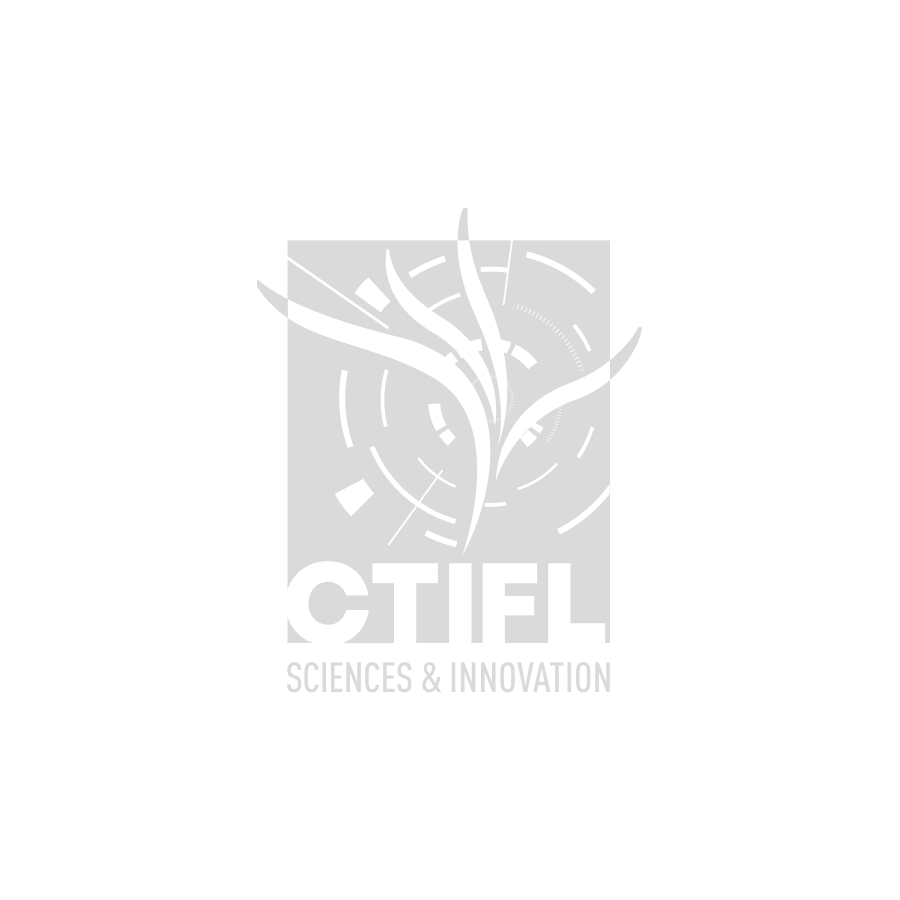The diversified ALTO orchard: biodiversity as a major lever for reducing pesticide inputs
The Alto site at the centre of Balandran is part of the « Alto Arboriculture and Agroecological Transition Systems » project, financed by the Ecophyto plan and managed by Inrae in Gotheron. The experimental plot consists of a diversified, multi-species orchard managed with zero TFIs (Treatment Frequency Index), excluding biocontrol products that have little impact on the beneficial fauna, and with reduced use of copper and sulphur.
Cultivation practices have been adapted with the aim of favouring functional biodiversity by preserving ground covers and maintaining the rows using the sandwich system. Several major principles of conservation biological control are put into practice, notably to increase the presence of shelter and resources throughout the year. This is achieved by diversifying the plant species and creating favourable conditions by installing features such as hedgerows, flowering ground covers and green manures, a raised bed of aromatic plants, a pond, nesting boxes, etc. (Ricard et al., 2020). Numerous monitoring activities are carried out in the plot: vertebrate and invertebrate biodiversity (chiropterans, birds of prey, spiders and flying natural enemies, carabid beetles and soil fauna), and agronomic and technico-economic measurements for the system's evaluation indicators (damage, yield, quality, turnover and gross margin, IFTs overall and per crop). Work is carried out on the dynamics of the main pests and their natural regulation, particularly on apple trees for the rosy apple aphid and the codling moth, and olive trees for the olive moth and fruit fly, trying to find links with natural enemies and the various agroecological features.


